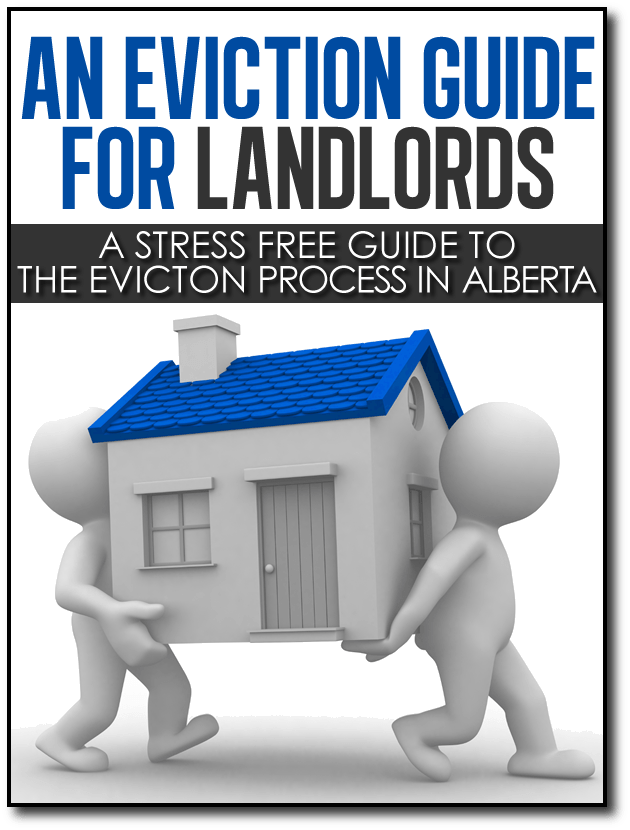With the recent mortgage rule changes and then following that the slight increase in the Bank of Canada’s prime rate, more and more people are sitting back and waiting to see how the Real Estate market will be affected. While the actual sales numbers are decreasing, there seems to still be a steady build up of new properties coming onto the market. This is causing us to tip back over to a buyer’s market, which brings back some of the old challenges for sellers.
Among these challenges are more aggressive pricing demands from buyers as more options or properties are available to them, more restrictive conditions and terms within the actual offers and longer closing periods putting the burden of extra payments on the sellers. So what better time is there to explain some of these additional challenges than now?
Let’s start with some of the tactics buyers use to get a lower price. The most obvious of course is the low ball offer. This is an extremely low offer thrown out quite often, just to test the waters and see how much the seller will negotiate. The counter to this, and to see if the buyer is serious, is to either refuse the initial offer hoping they resubmit an offer at a higher price, or to only reduce your price by a very small amount to see if they come up in price.
If you only reduce your price a bit and they only come up the same amount, they may be trying to move you to a midpoint between your prices. If this is acceptable to you, carry on nibbling downwards, if the midpoint between prices would be too low for you, try reducing a bit more in your second counter, but make sure you make it known you won’t be moving much from your last counter.
The second part of the buyer trying to reduce your price, involves making initial pricing concessions to you and then coming back after a property inspection demanding further reductions back. This can be another tricky area. If the price reduction is based on problems they were aware of prior to the inspection, it is most likely a pricing strategy, if it involves problems no one was aware of (such as hidden roof leaks, or hidden furnace problems), you have to decide whether you want to do the necessary repairs yourself, or concede the expense to the buyer in the form of a price reduction.
The final negotiating area to watch for involves condition dates and closing dates. Unless there are some special circumstances, the condition date shouldn’t be longer than seven business days and possibly less. The condition date is when any conditions such as home inspections or financing are removed and the contract becomes a binding sale.
If the condition date is two or more weeks away, your property would be off the market this entire time and then could still remain unsold. Long closing dates are also used by some nefarious individuals just to lock up properties and in some circumstances to renegotiate later for an even lower price when the homeowners are under more severe time pressures and have fewer options.
When it comes to closing dates, when the property actually changes hands, this is ideally two months or less. If the purchaser requires more time, you have to consider any additional mortgage payments you will be responsible for and you may be able to negotiate a slightly higher price due to this.
Remember these tips work best if you are not in a desperate situation and there is no guarantee that by following them you will sell your home. Every seller and every buyer have their own unique requirements and mindsets when they come to property transactions and what would be perfectly acceptable in one transaction causes another transaction to completely fall apart.


